Our culture is saturated with drugs, whether political bodies wish to acknowledge the fact or not. One sixth of the US population reports having used marijuana, with users of harder substances also in the millions; indeed, the cash in your pocket has a 90 percent chance of being contaminated with cocaine.
Presently our government is waging an expensive (and fruitless) war on the nation’s morals. They are ineffectually trying to completely eliminate drug use, an impossible task, while ignoring the tangible effects drug use has on society. The only way out is legalization.
Would not our streets be filled with addicts and criminals free from consequences? In 2001 the government of Portugal announced the legalization of all drugs for personal use (including heroin and cocaine), and the results speak for themselves: drug usage overall has decreased marginally, while the number of addicts registered in rehab programs has quadrupled, because addicts in Portugal are no longer concerned with being stigmatized as criminals and punished. The same story is true around the world in places where drug policy has shifted to treat drug use as an issue of health.
The excuse for cannabis prohibition––the moat around the castle, as it were––has always been the idea that marijuana is a stepping-stone to much more addictive and harmful substances. Here, the actual experience of generations past has not meshed properly with the government line. Of the 70 million post-war Americans who smoked, 98 percent didn’t wind up on anything harder than martinis. Only a tiny fraction went on to become heroin or cocaine addicts, and the cause-effect connection to marijuana for this group was no more evident than the connection to coffee.
The underlying problem with drug legalization has always been the basic concept. The black market for drugs is the largest in the country. It is the simplest form of free-market capitalism––the rules are purely Darwinian––and has an ironic dynamic where opposition from government (read: War on Drugs) only increases the risk involved in selling, and, therefore, the profit for illicit entrepreneurs.
Drug-related crimes and violence (committed by rival gangs, displeased lenders, and junkies suddenly out a fix) increase at the same rate, which achieves nothing more than the dissuasion of timid first-time buyers and ultimately leaves the market at the whim of barbaric drug lords.
Upwards of $12 billion is spent each year on drug-control efforts. Another $6 billion is spent on inmates incarcerated for drug offenses, who account for some 20 percent of all prisoners. To date, although the drug-control budget has successfully imprisoned the entire command chain of numerous cartels and seized one-third of all South American cocaine sent over US borders, two things have been achieved: prices have gone down, and purity has gone up. These are hardly a signs of a successful policy.
The United States is a federal republic, and Congress should deal with drug prohibition the way it dealt with alcohol Prohibition. The Twenty-First Amendment did not legalize the sale of alcohol, it simply allowed state governments to make their own rules. Congress would do well to take the same initiative with illegal substances, allowing them to be sold to adults by licensed establishments.
Were this to happen, a legitimate market worth billions would sprout up overnight. Courts, prisons, and law enforcement could dedicate more resources to violent crimes. Health initiatives could flourish. Drug purity could be regulated and enforced, reducing the number of deaths from overdose, and communities would no longer be terrorized by drug crimes.

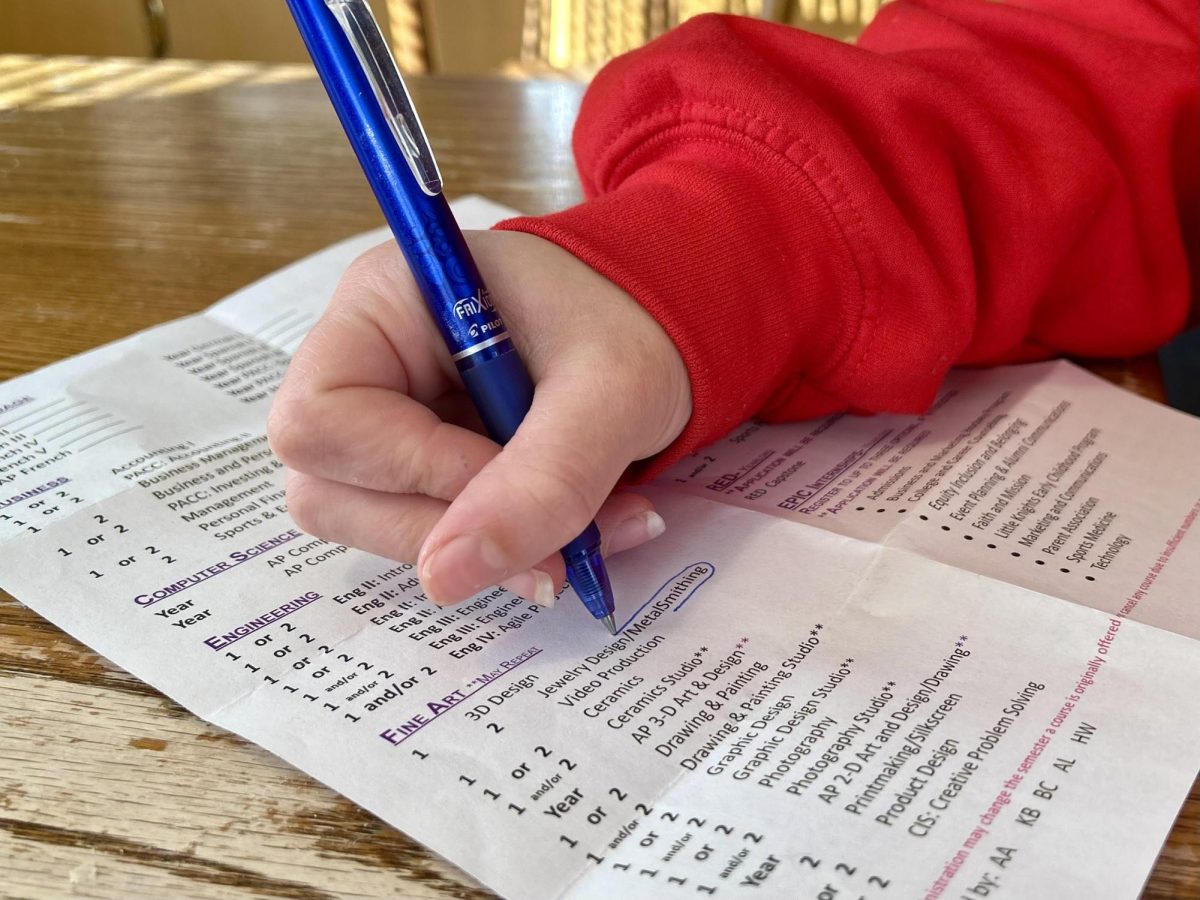
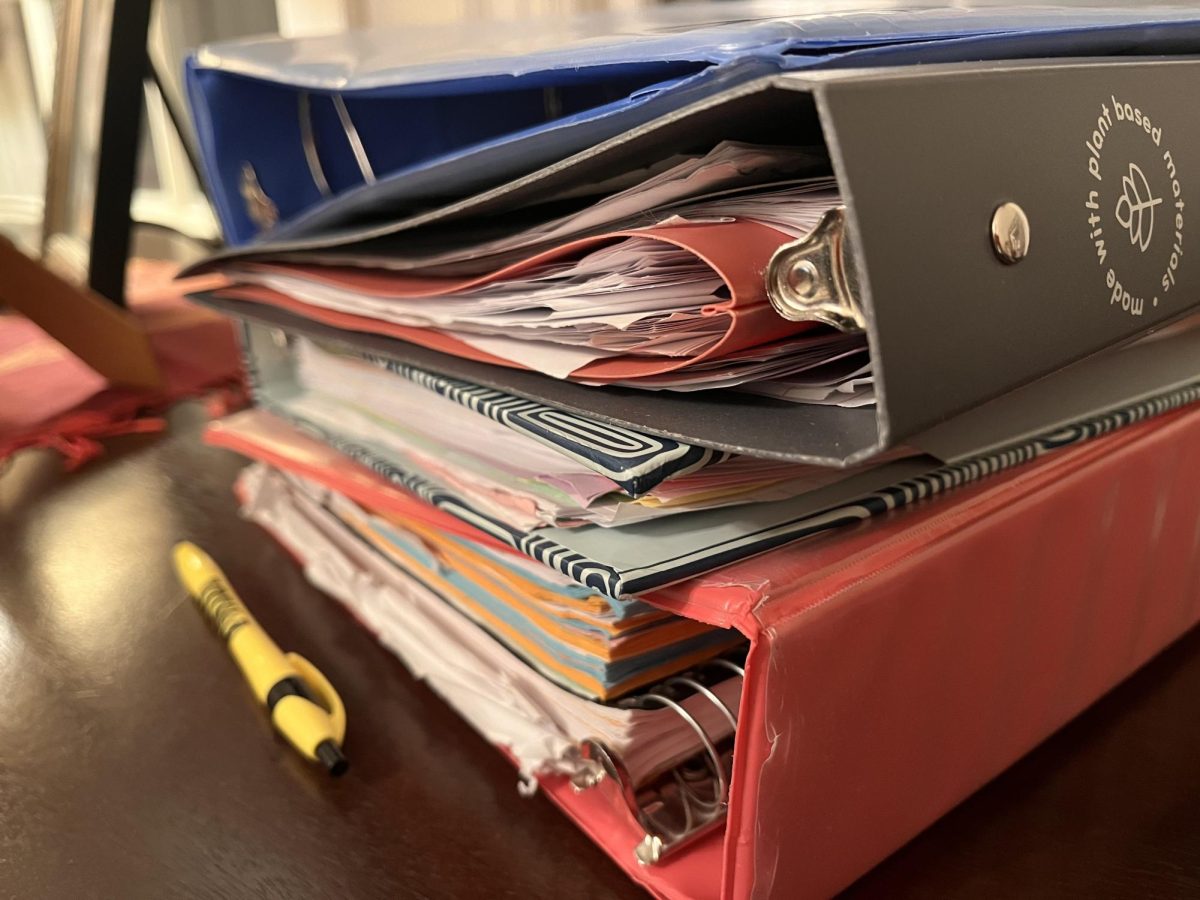

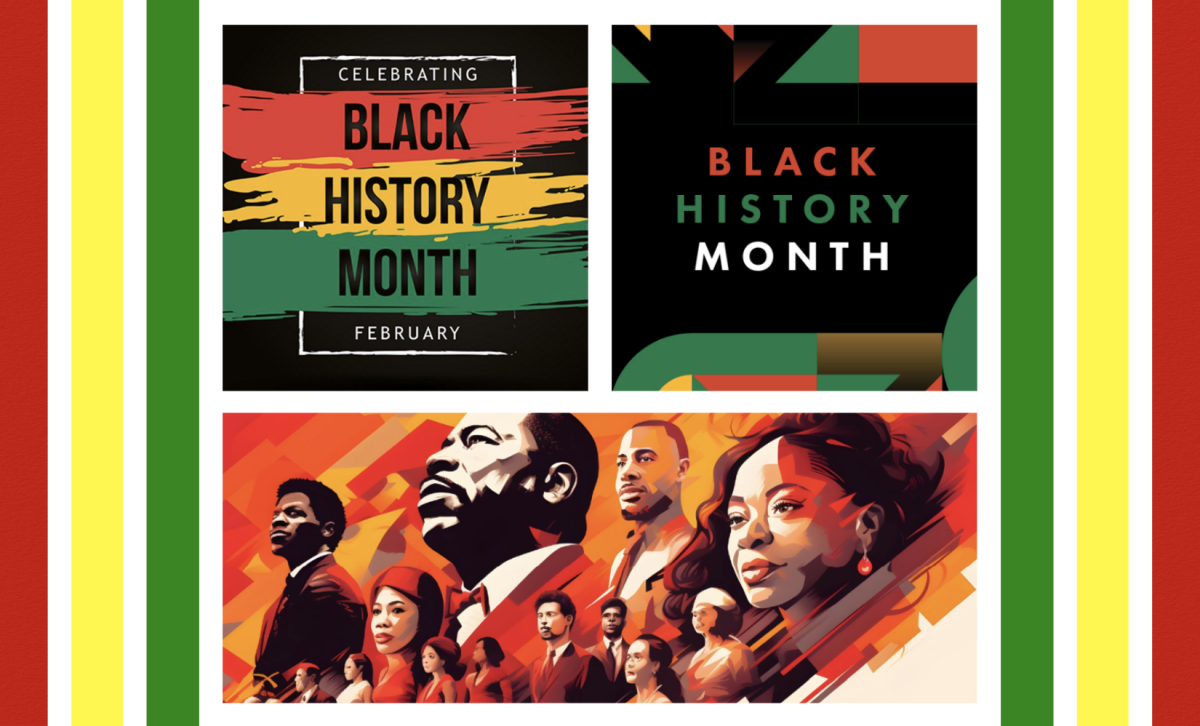

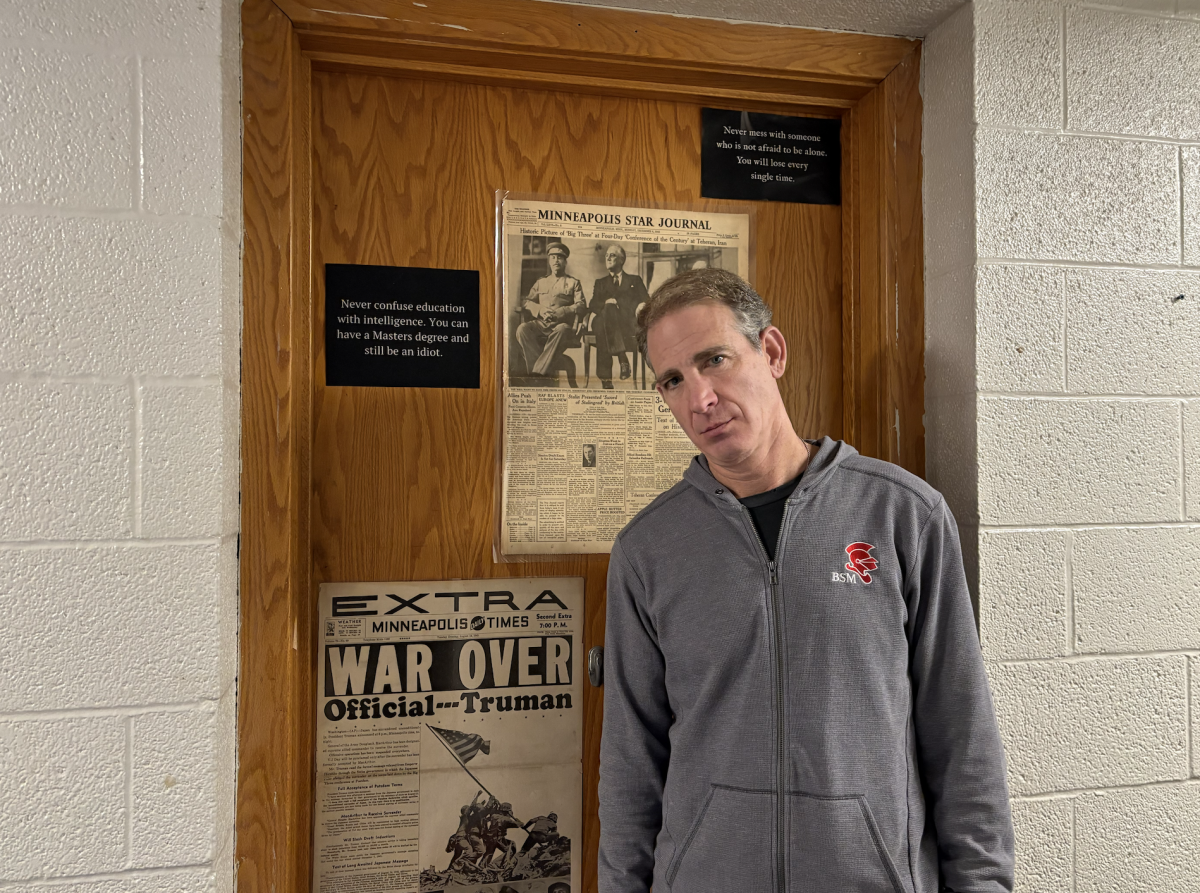
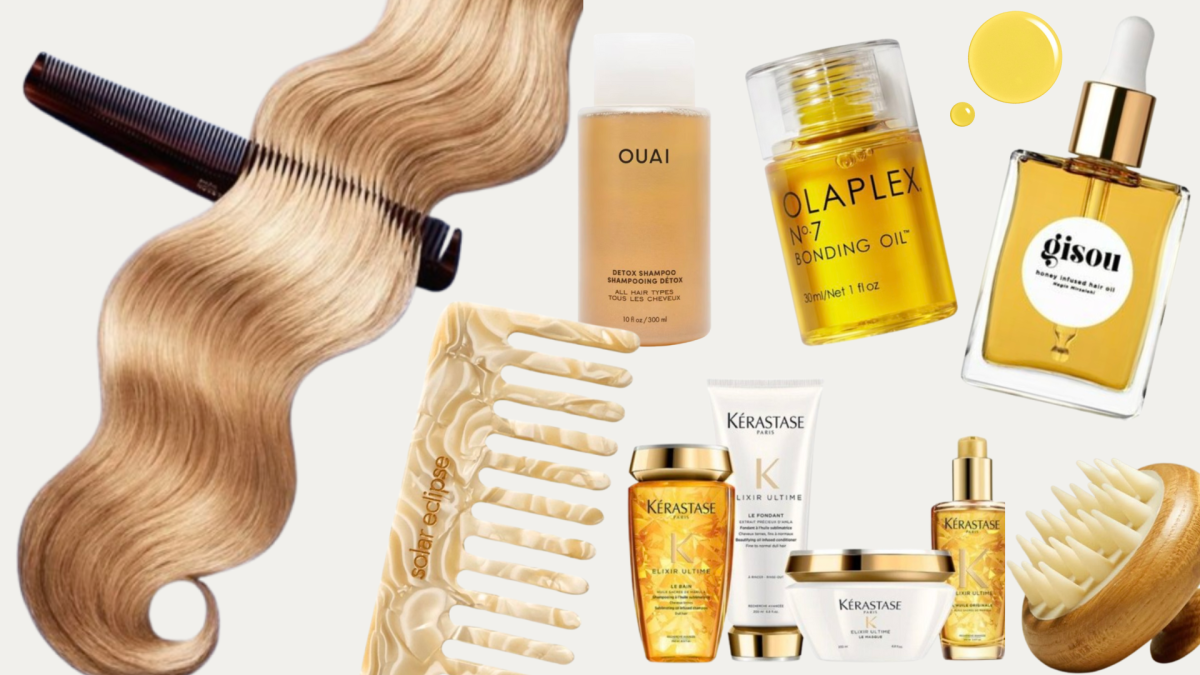


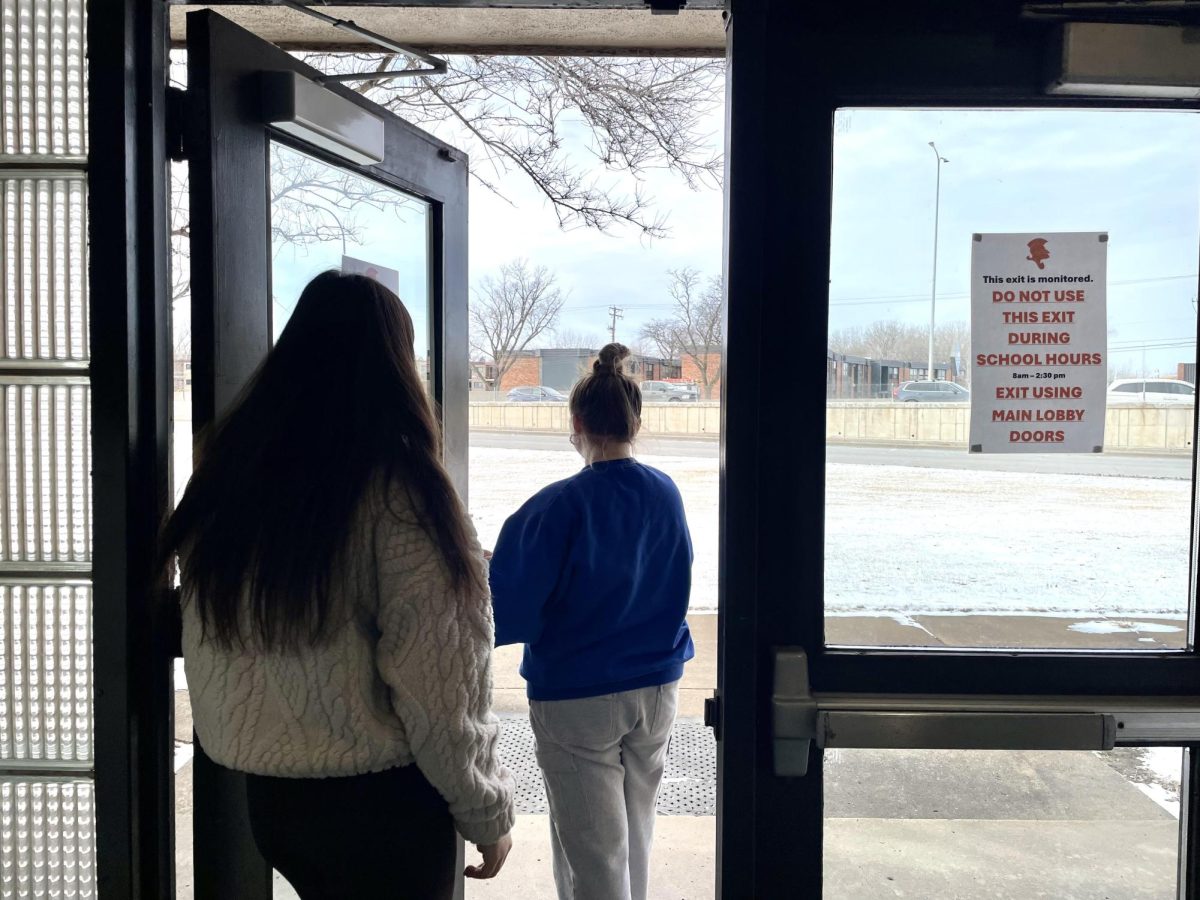




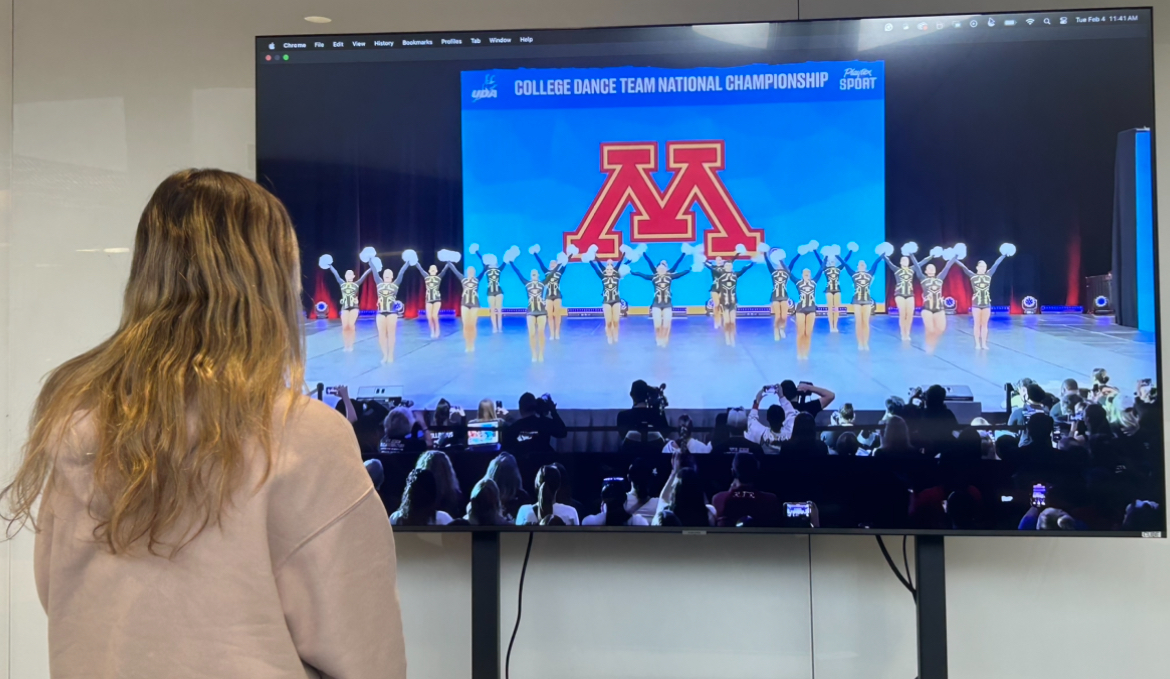


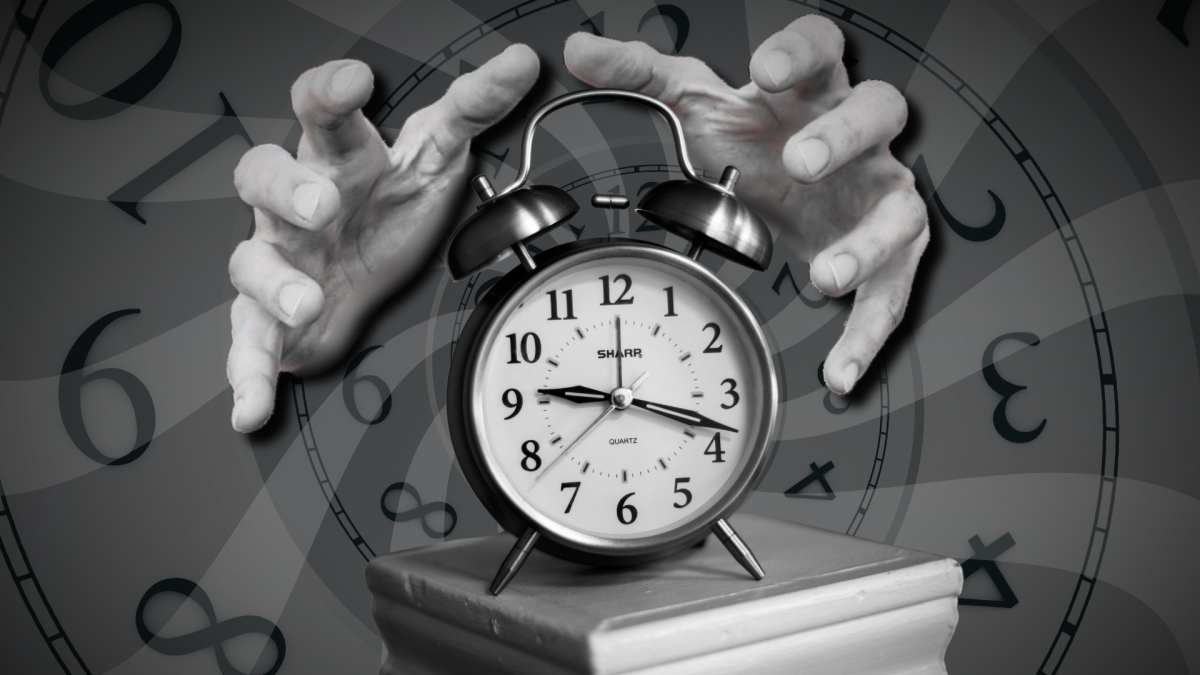
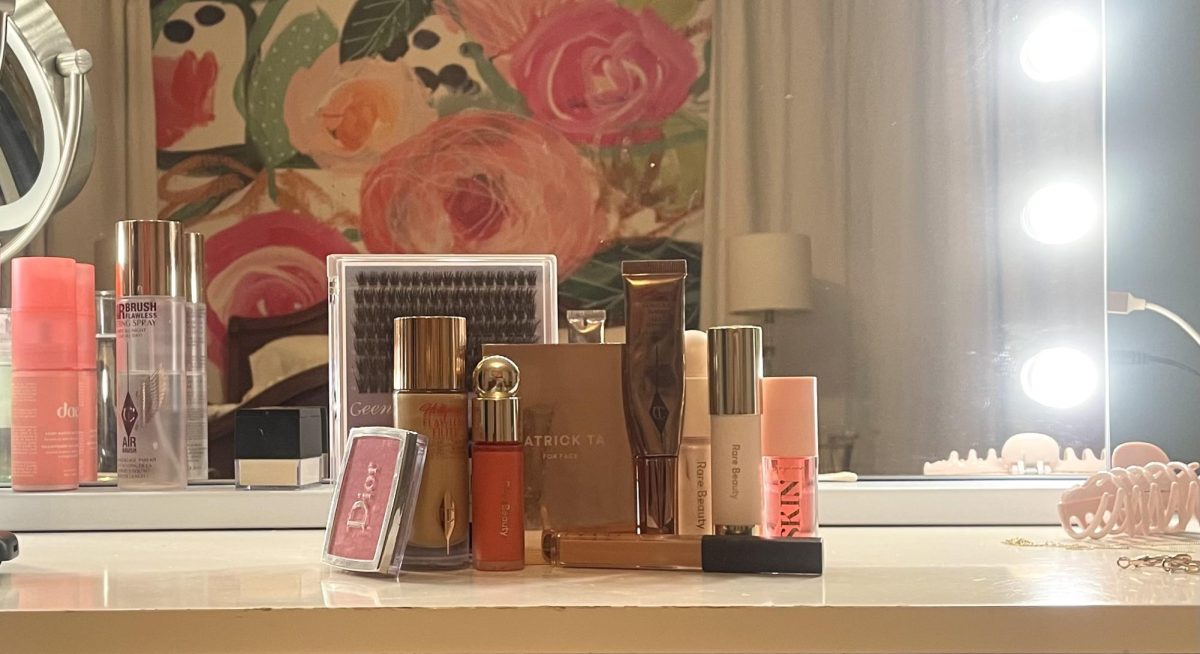


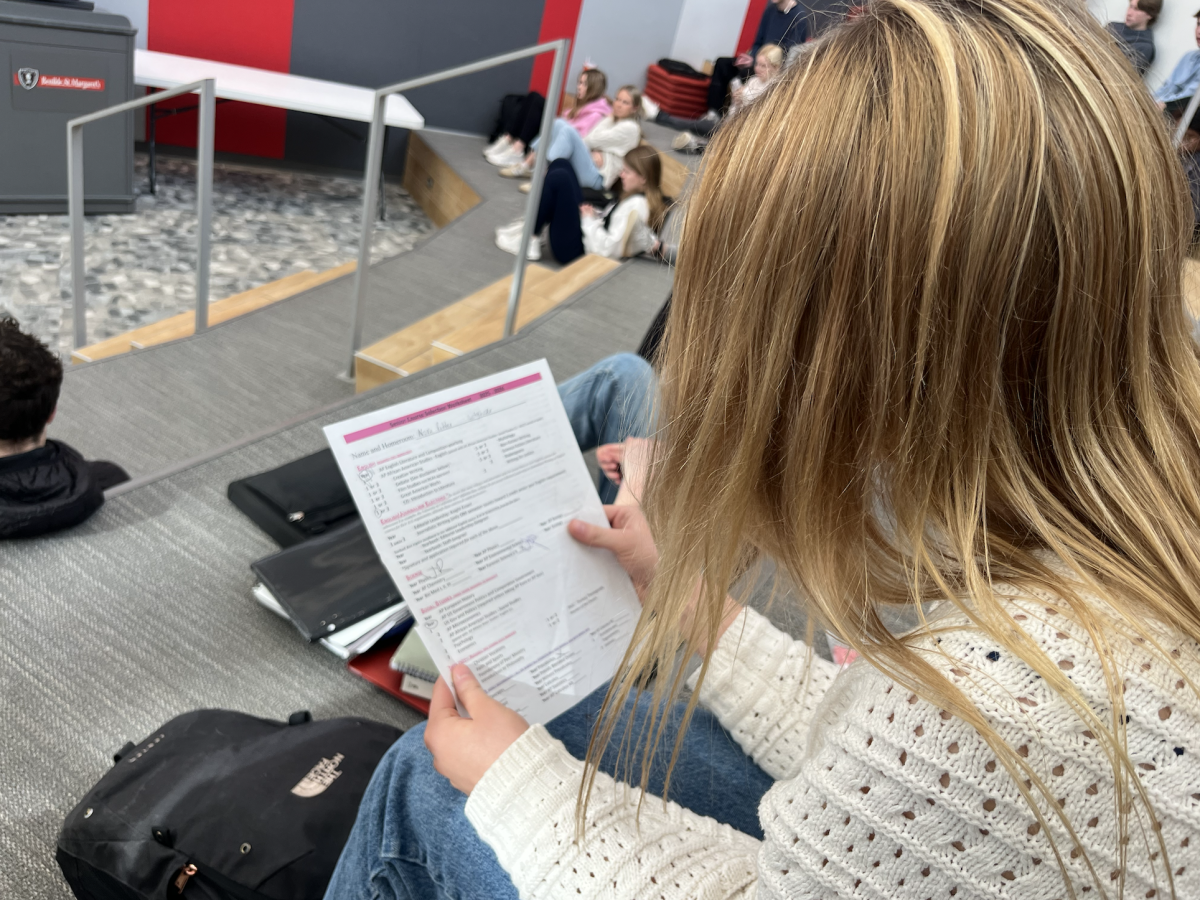

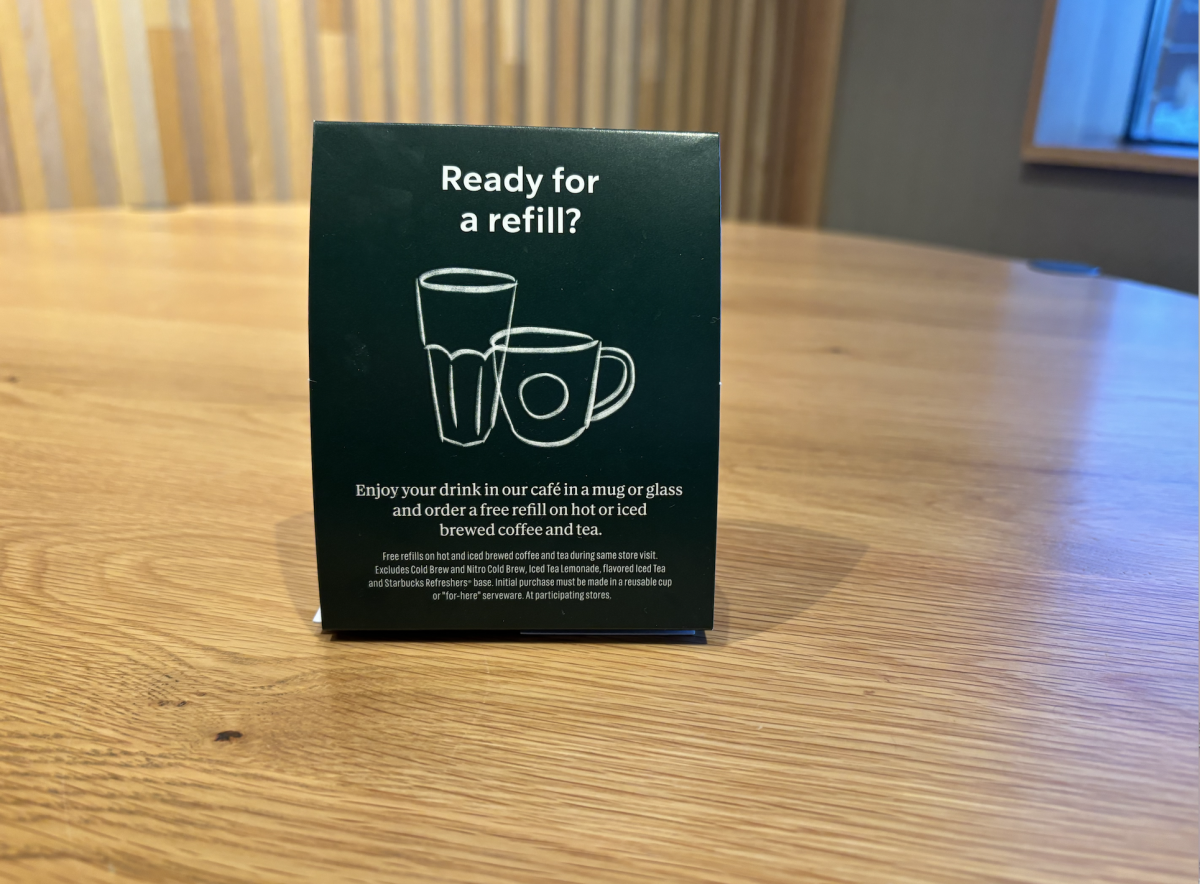

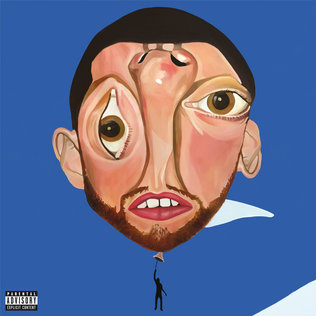
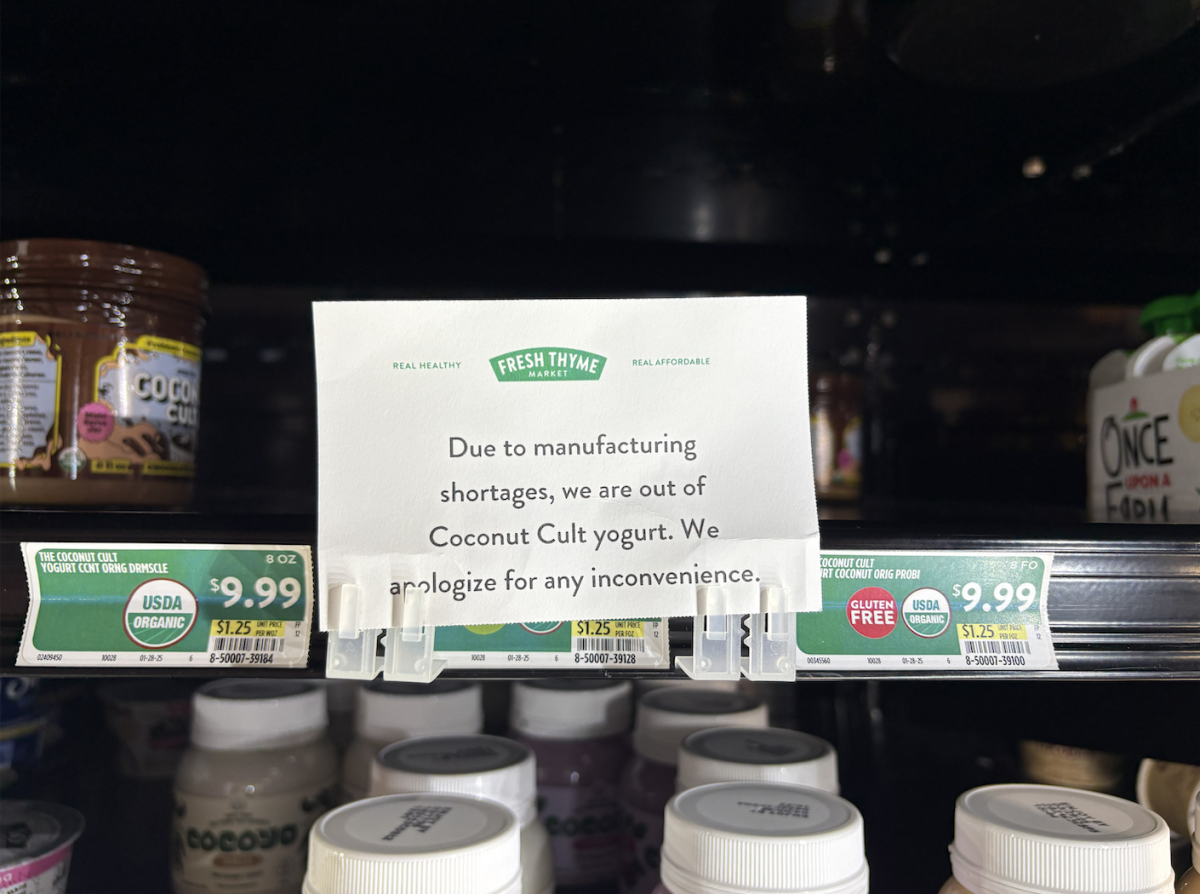
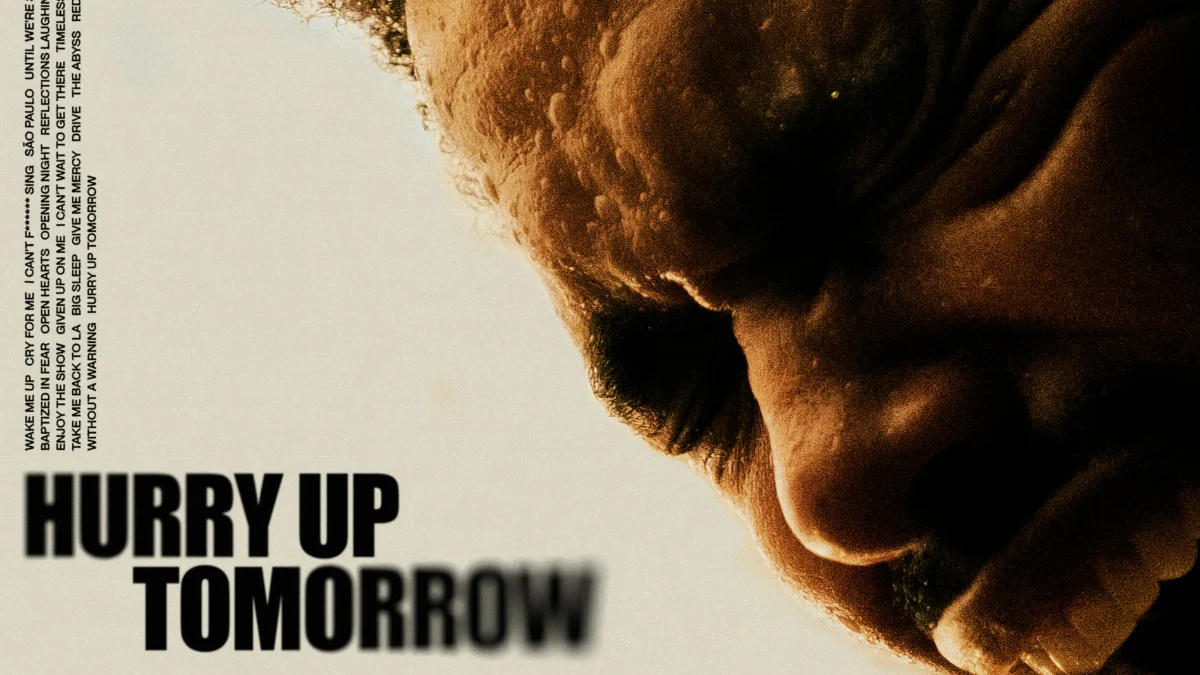

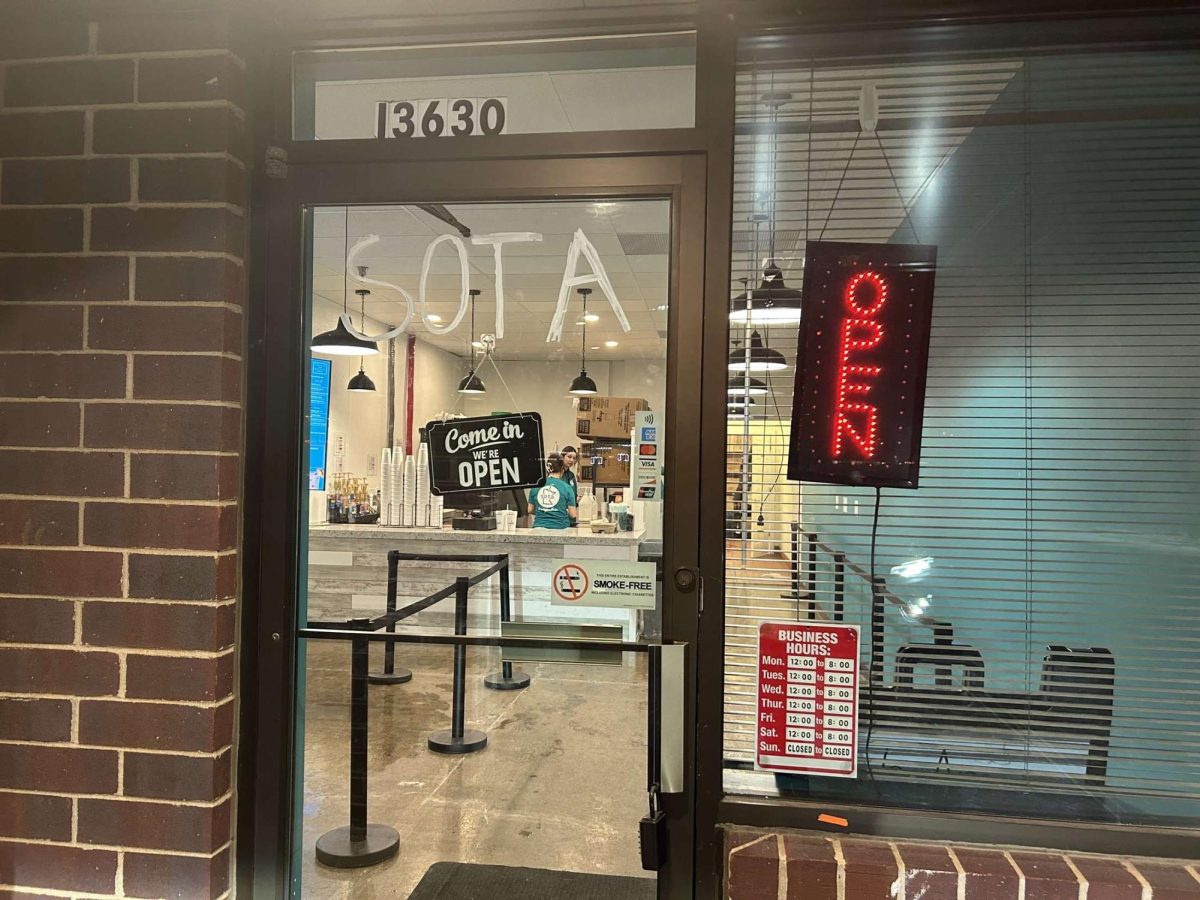




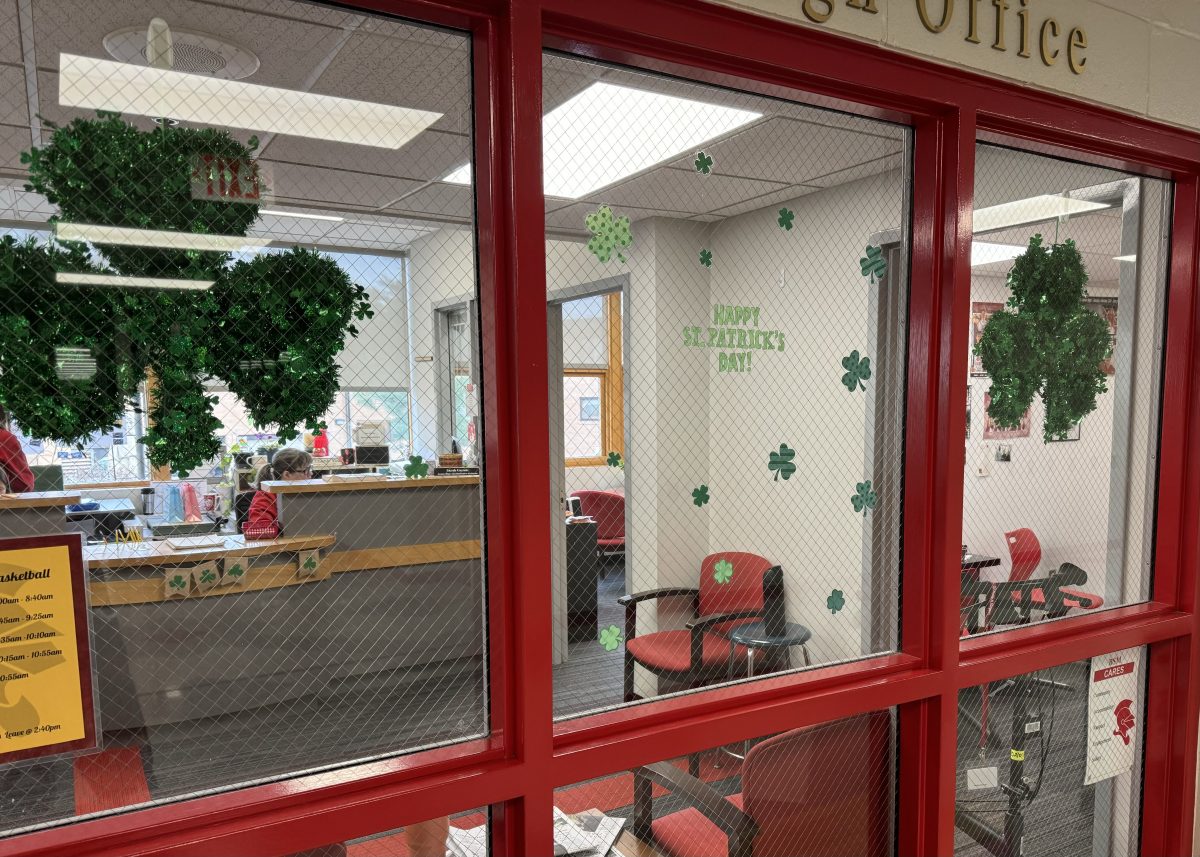
![Teacher Lore: Mr. Henderson [Podcast]](https://bsmknighterrant.org/wp-content/uploads/2025/03/teacherlorelogo-1200x685.png)
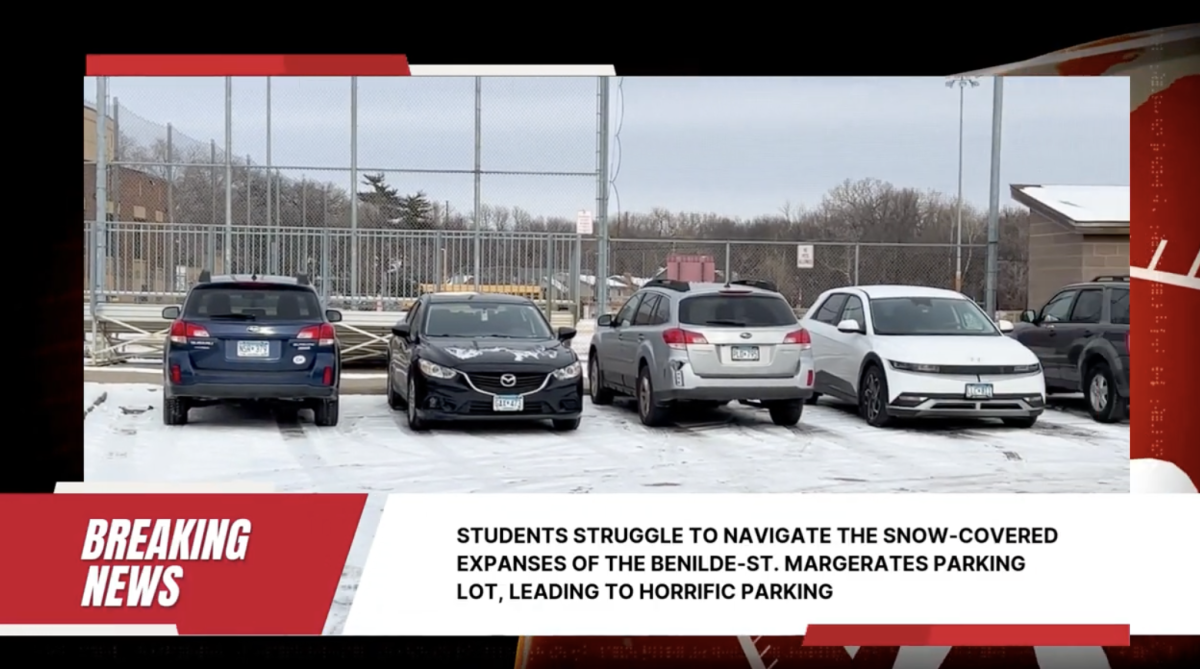

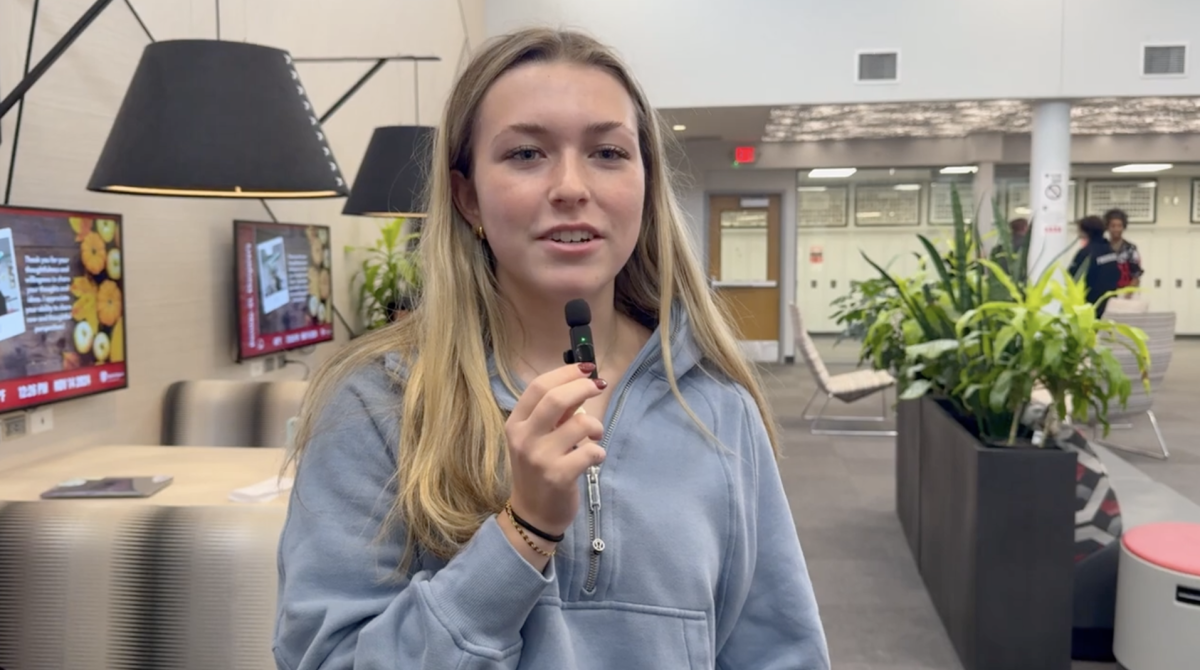



v • Nov 17, 2010 at 2:30 pm
brilliant!